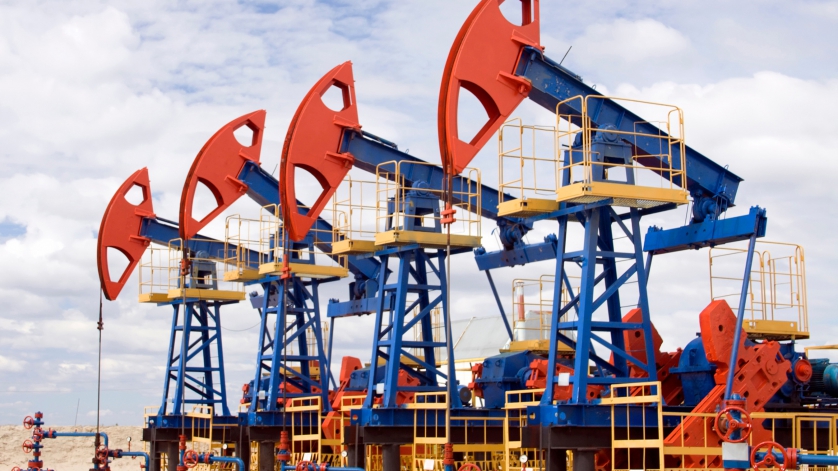
As anyone who has lived near the ocean can attest, corrosive substances do not coexist well with metallic surfaces. Briny, salty water is one byproduct of oil and gas exploration and production, but that’s just the beginning.
Equipment and instrumentation used in oil and gas production encounter a veritable witches’ brew of corrosive chemicals, including chlorine, sulfur, sodium hydroxide, sodium carbonate, and hydrogen sulfide, to name just a few.
Whether you’re drilling for oil or natural gas or operating a refinery, you need to invest in equipment that can withstand corrosion. That includes everything from the enormous tanks and machinery used in these processes to the gauges and instruments that monitor them. In fact, corrosion is one of the chief reasons why gauges fail in a production environment.
Not taking such precautions means facilities must constantly replace broken gauges and instruments, diverting maintenance resources and increasing costs. In fact, more than 250 instrument audits conducted by WIKA has shown that having the right gauge in place for the application can decrease maintenance time by 25% and improve reliability by 20%.
Solutions to Consider
The best solution is to plan ahead, purchasing and installing only those gauges and instruments that are appropriate for your operating conditions.
WIKA, the world’s leader in the design and production of gauges, conducts instrument audits in refineries, chemical and petrochemical plants. Typically, 40% of gauges have failed or are about to fail, which prevents you from identifying issues before costly repairs or downtime happen. Consider the following when choosing a gauge for corrosive environments:
- Diaphragm seals. These keep corrosive substances from harming a gauge’s internal components. A diaphragm seal is an optional feature that can be fitted to any gauge, providing an added layer of protection against hot, viscous, contaminated, or corrosive material. This ensures substances will not penetrate the gauge, ensuring accuracy and preventing gauge failure.
- All-welded system. Such a design eliminates leak paths. The all-welded construction takes the diaphragm seal one step further. In the all-welded design, a diaphragm seal is permanently welded to the outside of the gauge. An all-welded design eliminates thread assemblies, thus preventing access to the gauge media and guarding against leakage.
- Stainless steel gauges. Stainless steel is an excellent choice for corrosive environments, including petrochemical applications and wastewater processing. Stainless steel pressure gauges also provide exceptional protection from temperature extremes, shock, and vibration — phenomena that are also highly characteristic of oil and gas production environments.
- Custom seals. WIKA can also develop a custom seal to protect against extremely corrosive substances. For these applications WIKA uses custom alloys, such as PTFE, precious metals such as gold and silver, or carbon steel. WIKA’s metal-bonded diaphragms work for processes requiring Hastelloy®, Monel®, and Tantalum flush diaphragms.
Contact WIKA for more information about the right gauges and instrumentation for your plant’s requirements.

